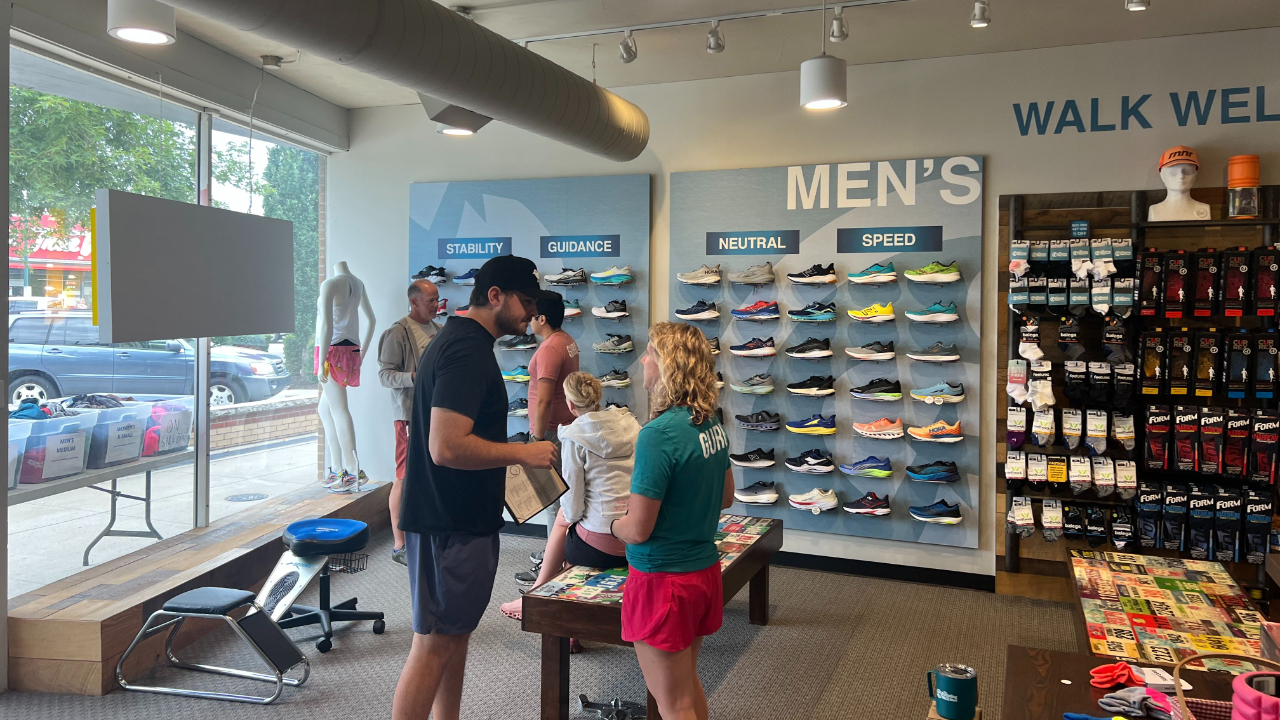The Customer Votes With Their Wallet

You know I like a good acronym. CBS, HBO, YOLO, SMH, LOL, TGIF, and TBD.
In the retail space, we spend lots of time talking about UPTs. That is Units Per Transaction. For every transaction at the register, how many units - or items - on average, were sold? These metrics tell us a lot:
- How well did we sort our products so that we had a lot of options specific to the customer?
- How long did the customer stay in the store?
- How well did our staff engage with the customer?
- How much did our staff get to know about the customer’s needs?
- How much does our staff know about our products?
- How much did our customer trust our staff’s recommendations?
Perhaps no one has summed up this metric better than Kathy Gates, owner of The Running Well Store in Kansas City, MO. She says the UPT metric tells us the “quality of the customer’s experience in our stores”. I like that.
From the business side, UPTs help build repeat business, loyal customers, high-profit sales, and increased revenue. So, this metric identifies the ultimate win-win.
Here are the key tactics to help you build your UPT performance.
- Hire an emotionally intelligent team and continue to develop those skills. One definition of customer service is “offering the experience the customer right in front of you is looking for.” Open-ended questions, effective listening, and body language awareness are key.
- Visual Merchandise effectiveness. Merchandise products that are used together in an adjacent area and make sure your staff understands your strategy.
- Outlaw the phrase, “Will there be anything else?” While this is usually well-meaning, it signals the end of the transaction. Sales staff should be considering their recommendation(s) based on what they’ve learned from the interaction. The waiter who says, “Did anyone save room for dessert,” doesn’t get as many dessert orders as the server who says, “I’ll be right back with your dessert menu.” Try it.
- When you suggest an additional item for a customer, don’t think of it as “adding on” or “upselling”. Think of it as “making their life easier” and “reducing aggravation”.
My first-ever bike purchase happened in the late ‘90s. I test-road a bike, agreed to purchase it, and the salesperson rushed me to the register. It was a $1200 purchase, so I’m sure he was content with the sale. But I still had questions: “Do I need a helmet?” He pointed to where they were. “Should I wear any specific type of shorts while riding?” He gave me a head nod. On my first attempt at a mountain bike ride, I had even more questions:
- How do I get my bike out to the trail? (I needed a bike rack)
- I’m thirsty. How do I carry my water while riding? (water bottle and cage)
- I’ve just had a flat, now what? (patch kit, tube, and pump)
I never went back to that bike shop. I found a new bike retailer and have been loyal to them ever since. As a shopper, I was more interested in a good riding experience than saving money.
Use UPTs to evaluate the “quality of the customer’s experience in your stores”.
Ultimately that's our priority anyway, right?
SUBSCRIBE FOR MONTHLY TIPS AND TRICKS!
Great Mann Group content, right to your inbox.
We hate SPAM. We will never sell your information, for any reason.

